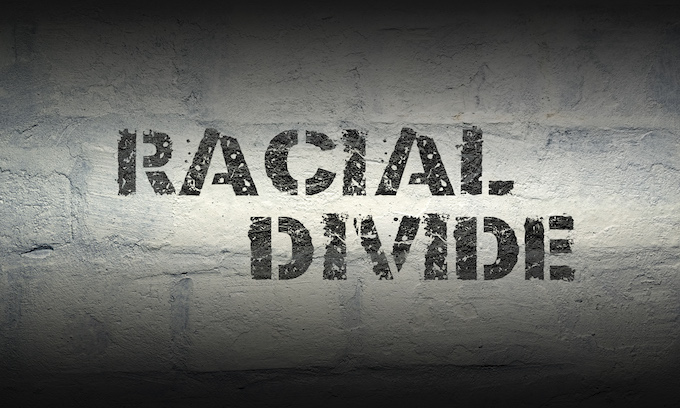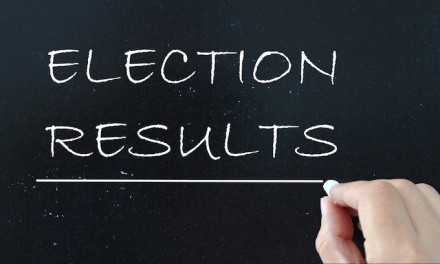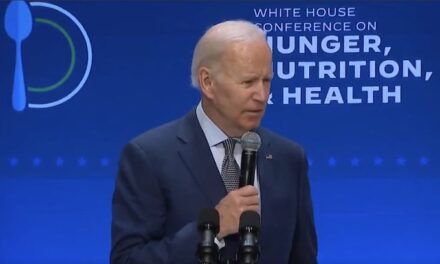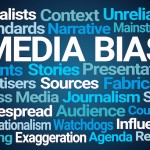In many school districts across the United States, Black students are disciplined far more often than white students — and are also less likely to be enrolled in gifted and talented programs.
But where have these gaps been the greatest? According to a new nationwide study based on information from 2011 through 2016, these divides are particularly stark within Seattle Public Schools. In general, the study authors argue, school districts are largely at fault for these disparities.
Research has for years found educational inequalities between Black and white students, and in many cases, this work has focused on student achievement such as test scores. Such studies often point to racial differences in socioeconomics and other societal factors to explain the gaps.
The new work, based on data from more than 1,880 public school districts, examines five other metrics: differences in discipline rates, retention, special education, gifted programs and enrollment in Advanced Placement courses. Unlike test-score studies, the new research primarily places blame on school districts — not family or societal factors — for the magnitude of these gaps.
Nationally, Black students are suspended 1.5 times more often than their white peers, the researchers found. Meanwhile, white students are 1.3 times more likely to enroll in AP classes and 1.7 times as likely to be in gifted programs.
“We want to shine the light back on schools directly so they feel compelled to explain to us why these racial differences” exist, said lead researcher Kenneth Shores, assistant professor of human development and family studies at Pennsylvania State University.
Seattle is among 10 districts nationwide with the largest Black-white gap in likelihood of being enrolled in gifted and talented programs, the researchers found: White students are 2.38 times more likely to be enrolled than their Black peers. Tensions over Seattle’s gifted programs have run high for years, in part because of a mismatch between the demographics of the district and who ultimately enrolls in gifted programs. About 1.7% of students in a gifted program called the “highly capable cohort” — which tests students for admission when they’re young and largely teaches them separately from their peers — are Black. But Black students make up roughly 14.2% of the district’s enrollment.
Shores and his colleagues combed through U.S. Department of Education Office for Civil Rights data from 2011 to 2016. After controlling for racial differences in students’ test scores, family income, parent education and other factors, the researchers found that Black-white differences persisted in the education categories they were interested in. This suggests that other factors, such as decisions made by school administrators and teachers, contribute to these inequities.
The new findings are line with Washington state statistics and other recent research, including a January study that found barriers within schools that keep Black and Latino students from enrolling in advanced coursework. That study also found that racial gaps are often “the result of an adult decision” within schools, said Kayla Patrick, lead researcher on the January study and a data and policy analyst at The Education Trust, a Washington, D.C.-based nonprofit focused on educational equity.
The new study is “on the right track and what we find across the board” in gifted and talented enrollment, she said.
Black students in Seattle are also twice as likely as white students to be suspended, the new study found. This puts Seattle among the top 20% of school districts nationwide with the largest Black-white gap in school discipline. Some studies have hinted that adults tend to view Black boys and girls as less innocent than their white peers, which may influence how often they discipline them for the same infractions.
Seattle school officials and state education leaders have changed their approach to school discipline in recent years. For instance, Seattledeclared a moratorium on out-of-school suspensions for elementary school students in 2015. Seattle Public Schools officials declined to comment on the new results.
Seattle wasn’t the only district with several large racial gaps. The researchers found that more than 20% of districts have three or more large educational disparities.
For Shores, the study has implications for all school districts. The study “puts a stamp on how unfair these processes are.”
___
(c)2020 The Seattle Times
Visit The Seattle Times at www.seattletimes.com
Distributed by Tribune Content Agency, LLC.



















Recent Comments